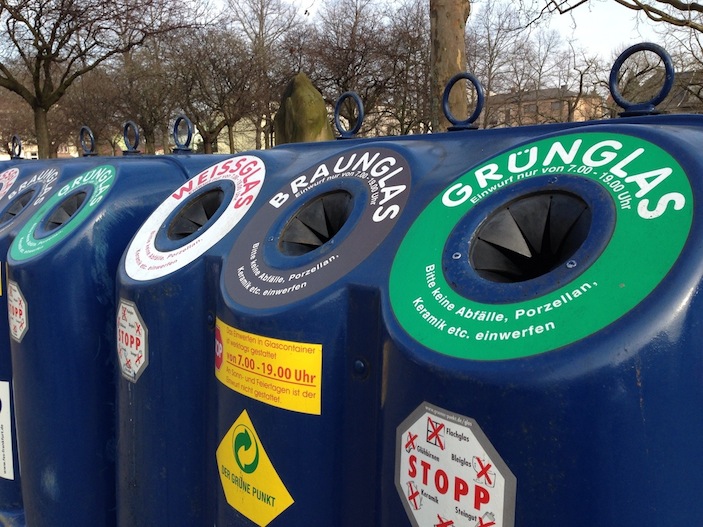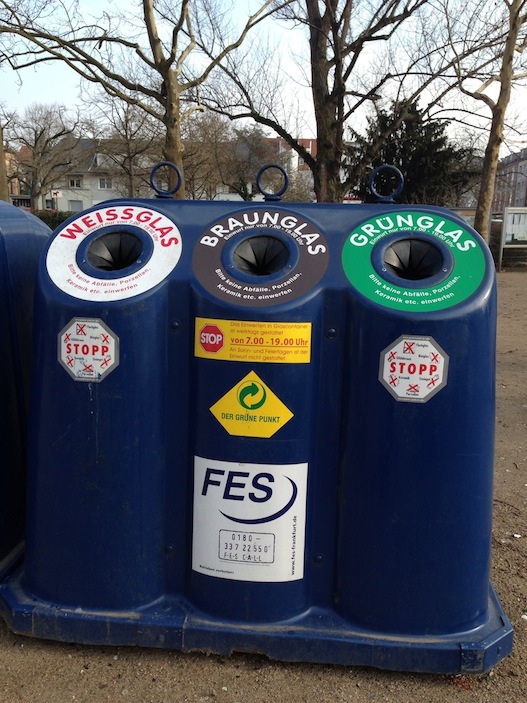IDhonduras: Is There a Light at the End of this Tunnel?
When drug gangs have more firepower than police and aren’t afraid to use it, poverty is such that two-thirds of its citizens live on less than $1.25 a day, only a quarter of children complete middle school and even those individuals who aren’t gang-affiliated tend to rely on violent crime for survival rather than choosing another path, what is a country to do?
I wish I knew. So does Honduras.
In a country that even on its best days is seemingly half-controlled by gangs (they formally control the highways and airports in several Honduran states, and charge for ‘free’ public parking in cities), there doesn’t seem to be many answers. Politicians are mostly corrupt, and who can blame them? In their view, they face a choice in many cases to give into gang wishes and be compensated for it, or face assured assassination. So they do what most people would do and look out for number one.
The civilians who do not choose the gang life still have access to assault weapons, and who can blame them for resorting to use them? In their view, they are subject to the AK-47 backed will of the gangs anyway, so why not use the same tactics to get what they can?
It is now believed that drug trafficking accounts for 13 percent of Honduras’ gross domestic product, with three-quarters of U.S.-bound cocaine passing through the country.
The result of all of this, of course, is distinction as the most violent country in the world. Honduras suffers 91 homicides per 100,000 people, and last year, the U.S. Peace Corps even made the decision to leave after one of its members was shot while riding a bus.
As a result, a huge ordeal has been made of the United States Soccer team’s appearance here later today, in San Pedro Sula (currently the most violent city in the world with 159 murders per 100,000 people), to play Honduras in a 2014 World Cup qualifying match. While teams on the road typically have a chance to eat out and shop in their down time, the U.S. squad will have no such luxuries. Their extent of having visited San Pedro Sula will be what they can see from the window of their armored bus between the team’s hotel and the stadium, and the hysteria of the match itself, for which Honduras has declared a national holiday so citizens can watch.
It is depressing that it must come to such security measures though, and I’m hopeful that something in this country can change for the better. Many people compare it to Colombia of the 1980s, which was virtually controlled by drug cartels who provided better answers for peoples’ poverty than the government was able to. Colombia was able to dig itself out of that hole, and today is far from perfect, but light years ahead of where it was three decades ago.
There is hope for Honduras, but right now it is difficult to see it.
.jpg)















